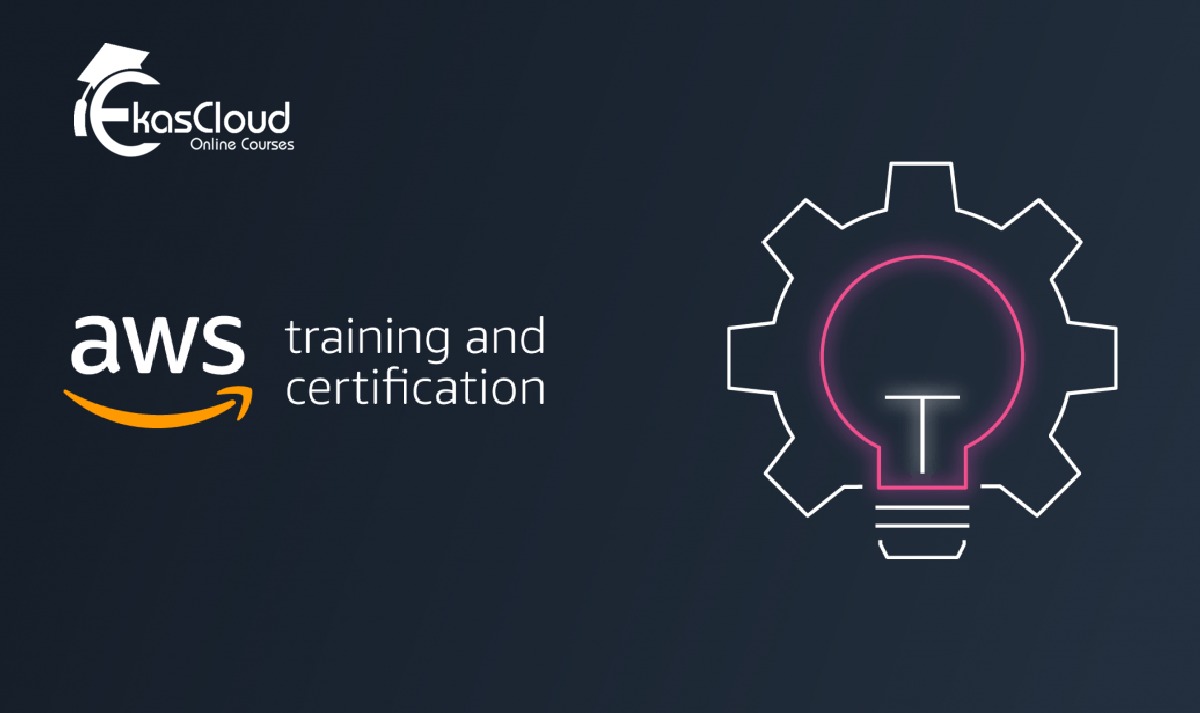
In today's rapidly evolving technological landscape, cloud computing has become the backbone of modern businesses and organizations. Among the many players in the cloud computing arena, Amazon Web Services (AWS) stands out as a leader, offering a wide array of services and solutions that empower businesses to scale, innovate, and optimize their operations. Mastering AWS has become a vital skill for IT professionals, developers, and anyone seeking to enhance their career prospects in the digital age. This comprehensive guide explores the journey of mastering AWS through effective training and certification.
The Significance of AWS in Modern Business
Amazon Web Services, introduced by Amazon in 2006, has transformed the way businesses manage their IT infrastructure. AWS provides a versatile and scalable cloud platform that includes computing power, storage, databases, machine learning, analytics, and more. The significance of AWS lies in its ability to:
1. Scalability: AWS allows businesses to scale their resources up or down based on demand, ensuring optimal performance without overprovisioning.
2. Cost Efficiency: With a pay-as-you-go model, businesses only pay for the resources they consume, reducing upfront costs and overall expenditure.
3. Innovation: AWS offers a wide range of innovative services, such as AI and machine learning, enabling businesses to experiment with and integrate cutting-edge technologies.
4. Global Reach: AWS operates data centers in numerous regions worldwide, allowing businesses to deliver their services with low latency and high availability.
5. Security: AWS provides a robust and secure infrastructure, along with tools for implementing encryption, access control, and compliance.
The Journey to Mastering AWS
1. Getting Started:
The journey to mastering AWS begins with understanding its core concepts and services. AWS offers a vast array of services, including:
• Compute Services: Amazon EC2 for virtual servers, AWS Lambda for serverless computing.
• Storage Services: Amazon S3 for object storage, Amazon EBS for block storage.
• Database Services: Amazon RDS for managed relational databases, Amazon DynamoDB for NoSQL databases.
• Networking Services: Amazon VPC for virtual private clouds, Amazon CloudFront for content delivery.
• Security Services: AWS Identity and Access Management (IAM) for access control, Amazon GuardDuty for threat detection.
Exploring these services helps build a strong foundation for further learning.
2. Training Resources
AWS offers a variety of training resources tailored to different learning styles:
• AWS Documentation: In-depth documentation for all services, providing a deep dive into technical details.
• AWS Online Training: Self-paced, interactive courses covering various topics and skill levels.
• AWS Training and Certification: Instructor-led training, virtual classrooms, and workshops for hands-on learning.
3. Hands-On Experience
Practical experience is key to mastering AWS. Setting up a sandbox environment allows you to experiment without affecting production systems. Hands-on activities might include:
• Creating Virtual Machines: Launching and configuring Amazon EC2 instances with different operating systems.
• Building a Website: Hosting a static website on Amazon S3 and delivering it via Amazon CloudFront.
• Database Management: Setting up a relational database using Amazon RDS and performing data manipulations.
• Automation: Writing scripts to automate tasks using AWS Command Line Interface (CLI) or SDKs.
4. Architectural Best Practices
Understanding AWS architecture best practices is crucial for designing robust, scalable, and secure solutions. This includes:
• Well-Architected Framework: AWS's framework for building secure, high-performing, resilient, and efficient infrastructure for applications.
• Scalability and Load Balancing: Designing architectures that can handle varying levels of traffic and load distribution.
• High Availability: Utilizing AWS's global infrastructure for redundancy and fault tolerance.
5. Advanced Topics
As you progress, delve into advanced topics like:
• Serverless Computing: Exploring AWS Lambda and other serverless services to build efficient and cost-effective applications.
• Containers: Using Amazon ECS or Amazon EKS to deploy, manage, and scale containerized applications.
• Big Data and Analytics: Leveraging services like Amazon Redshift, Amazon EMR, and Amazon Athena for data processing.
6. Preparing for Certification
AWS certifications validate your expertise and are highly regarded in the industry. Some popular certifications include:
• AWS Certified Solutions Architect: Focuses on designing distributed systems and applications on AWS.
• AWS Certified Developer: Validates skills in developing and maintaining AWS-based applications.
• AWS Certified SysOps Administrator: Demonstrates technical expertise in deployment, management, and operations on AWS.
Preparing for these certifications involves a combination of in-depth studying, hands-on practice, and taking practice exams.
Conclusion
Mastering AWS is a journey that offers numerous benefits for IT professionals, developers, and businesses alike. With its wide range of services and solutions, AWS empowers organizations to innovate, scale, and operate efficiently in the cloud. The path to mastery involves a combination of foundational learning, hands-on experience, architectural understanding, exploration of advanced topics, and certification validation.
Whether you're looking to enhance your skill set, improve your career prospects, or drive digital transformation within your organization, mastering AWS is a valuable endeavor that opens doors to a world of opportunities in the dynamic realm of cloud computing. So, embark on this journey with determination, curiosity, and a commitment to continuous learning, and you'll find yourself at the forefront of technological innovation.







